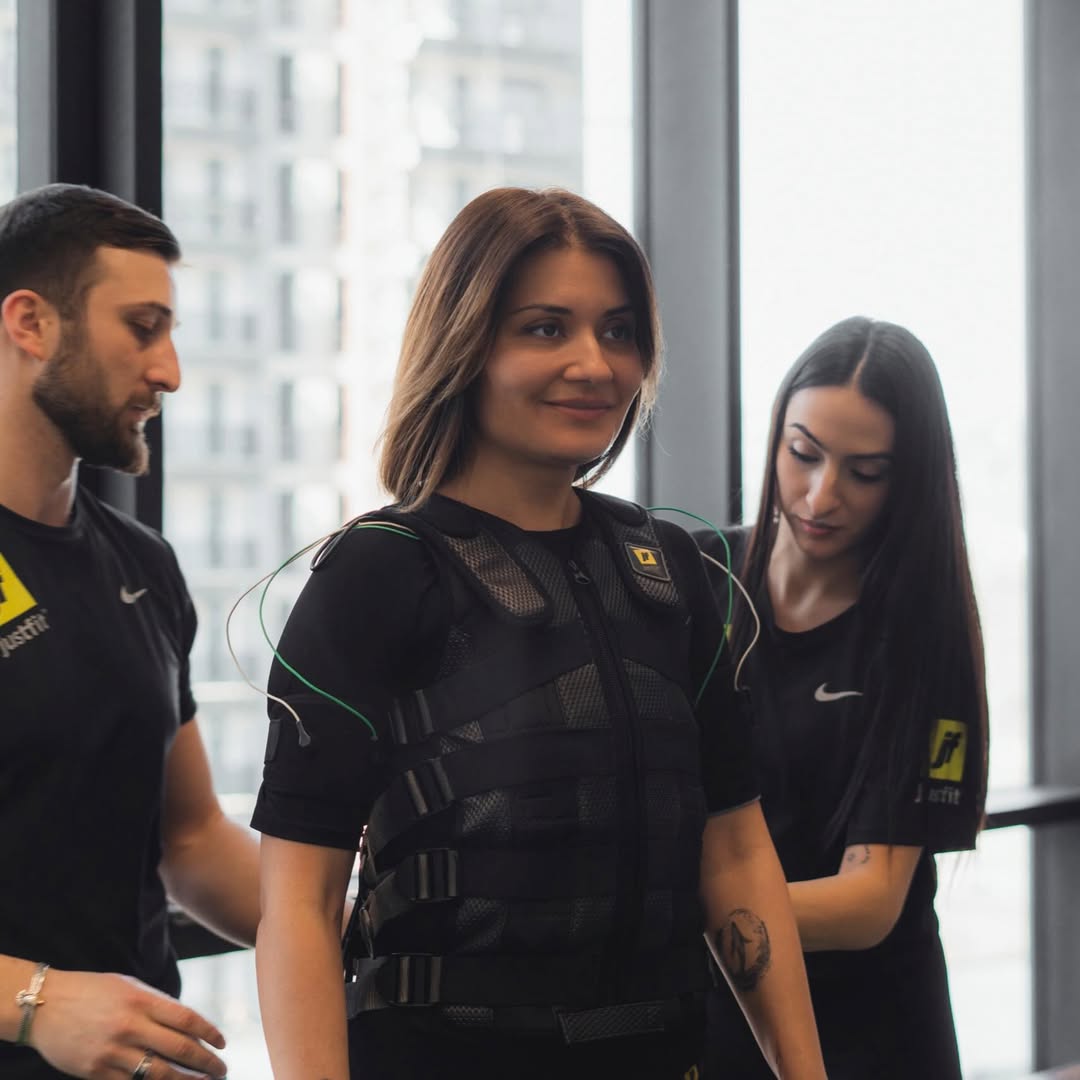Electrical Muscle Stimulation (EMS) is revolutionizing the fitness and rehabilitation industry. From accelerating muscle recovery to enhancing strength and tone, EMS is a powerful tool. But like any advanced technology, it must be used safely and wisely. If you’re planning to incorporate EMS into your routine—whether at home, in a studio, or under medical supervision—understanding the necessary precautions is critical to ensure effective and safe results.
What Is Electrical Muscle Stimulation?
EMS involves sending low-frequency electrical impulses to muscles through electrodes placed on the skin. These impulses mimic natural signals from the nervous system, causing muscles to contract. The technology is widely used for:
- Fitness and performance training
- Rehabilitation after injuries
- Muscle re-education
- Post-workout recovery
- Cosmetic toning and body shaping
But while EMS offers many benefits, it’s not suitable for everyone, and using it incorrectly can lead to complications.
Top Precautions to Take Before Using EMS
- Consult a Professional or Doctor
Before starting EMS training, particularly if you have existing health conditions, consult with a medical professional or licensed EMS trainer. People with pacemakers, epilepsy, cardiovascular disorders, or metal implants should avoid EMS unless explicitly approved by their doctor.
- Know Your Goals
Different EMS programs are designed for different outcomes—muscle building, fat loss, recovery, or rehab. Using the wrong program can lead to ineffective sessions or even strain. Clarify your goals with a professional and select the appropriate EMS device settings.
- Use Certified EMS Equipment
Only use EMS devices that are certified and meet safety standards. Cheap or unregulated devices may not deliver accurate impulses and could pose serious health risks. Look for CE, FDA, or other relevant certifications depending on your region.
- Avoid Overstimulation
More is not always better. Overuse of EMS can cause muscle fatigue, soreness, or injury. Stick to the recommended session lengths usually around 20–30 minutes, 2–3 times per week.
- Stay Hydrated
Electrical impulses affect water content in muscles. Dehydration can increase the risk of cramps and discomfort during EMS training. Drink plenty of water before and after each session.
- Never Use EMS on Broken Skin
Do not place electrodes on open wounds, rashes, or irritated skin. EMS should always be applied to clean, dry, intact skin to avoid infection and irritation.
- Pay Attention to Electrode Placement
Improper placement of electrodes can lead to poor results or accidental stimulation of unintended areas. Always follow the manufacturer’s instructions or work with a trained EMS coach.
- Avoid EMS During Pregnancy
EMS is not recommended for pregnant individuals unless used under strict medical supervision, and only for therapeutic purposes not fitness.
Have questions about EMS or need help choosing the right equipment? Contact us today for expert guidance and personalized recommendations.
Who Should Avoid EMS?
While EMS is safe for most healthy adults, it’s not recommended for:
- People with heart conditions or pacemakers
- Individuals with epilepsy
- Those with metal implants
- People recovering from recent surgical procedures
- Pregnant women (unless medically supervised)
- Individuals with severe skin conditions in the application area
Conclusion
EMS is a powerful tool in the hands of professionals and informed users. By taking the right precautions, you can maximize the benefits of EMS whether you’re chasing fitness goals, recovering from injury, or simply looking for a more efficient workout. Safety and awareness are the foundation of effective EMS use.



